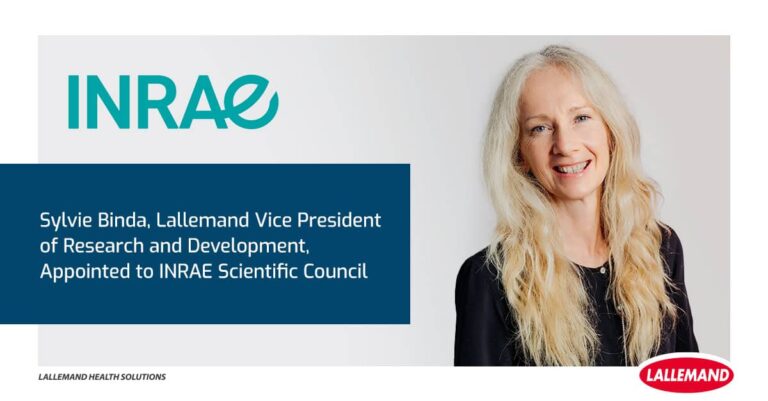Since there is a great number of cosmetic products on the market to offer, many product labels, or most of them look very much alike, resembling each other like peas in a pod. However, we can often see cosmetic labels that differ from the majority in terms of their text, illustrations and symbols.
It does not matter if products were introduced from one European Union member country to another or imported from Third countries, if they are on the EU market as legal products, then product presentation and label text must follow the legal regulations. In such cases, small details can reveal the level of expertise and skills in adapting to European regulations, as well as in translating label text into the native language of the European country which places it on the market.
However, there is a quite large number of cosmetic products on the market whose labels are clumsy copies of legal products labels, but there are products that can immediately be recognised as illegal, just by quickly glancing at them.
What gives away a fake or incorrect cosmetic product label? Let’s go one step at a time.
The purpose of product labelling is to identify the product and its manufacturer to distinguish it from similar products of the same or other manufacturers and to provide basic and useful information to the consumer about its purpose, quantity, shelf life, composition, application site and method, if necessary, precautions and storage method. All this information is necessary for the consumer to make an informed decision when purchasing.
In addition to all of the above, there is also indication of a serial number. The serial number of the product is the unique identification number of the batch to which the particular product belongs. Its role is best understood in case of supervision by the competent authority, customer complaints, withdrawal or recall of products from the market in the event of a complaint, or occurrence of undesirable or serious undesirable effects on human health.
Listing this information on the product label clearly states the Cosmetics Regulation[1]. Article 19 says that “cosmetic products shall be made available on the market only where the container and packaging of cosmetic products bear the following information in indelible, easily legible and visible lettering” and lists the following:
- the name or registered name and the address of the responsible person;
- the nominal content at the time of packaging, given by weight or by volume;
- the date until which the cosmetic product, stored under appropriate conditions, will continue to fulfil its initial function. The date of minimum durability shall be preceded by the Period-after-opening symbol (PAO) or the words “best used before the end of”;
- particular precautions to be observed in use,
- the batch number of manufacture,
- the function of the cosmetic product, unless it is clear from its presentation;
- a list of ingredients preceded by the term “ingredients” (including colourants and fragrance allergens) and labelled by their individual INCI name (International Nomenclature of Cosmetic Ingredients);
- the country of origin must be stated in case of import to EU from Third countries.
Additionally, article 20 of the same Regulation defines the manner of advertising determining which claims are generally allowed and which are not.
Knowing all this, what to pay attention to when reading the label text? I will list the most common examples that I encounter in practice as an expert, but also as a consumer:
- the name and address of the manufacturer are not given or are vague;
- misspelling phrase referring to the expiration date, e.g. „best before“;
- indicating the date of manufacture, which is not a legal obligation;
- the absence of a batch number;
- the absence of a list of ingredients or ingredients are listed by common names or by their trade name, e.g. almond oil, Geogard 221;
- a list of ingredients preceded by the acronym “INCI” instead of “Ingredients”;
- the absence of fragrance allergens, although the presence of fragrance is visible in the list of ingredients. With the recent expansion of the allergen list[2] in cosmetics, it has become almost impossible to avoid listing at least one fragrance allergen in a product.
- instead of stating the country of origin, a misspelt phrase is used which almost always reads „Made in“;
- the exact location of the serial number and information on the expiration date are not specified, e.g. “indicated on the packaging” instead of “indicated on the bottom of the packaging” or “on top of the lid”;
- stating health claims from mild to brutally outspoken, e.g. from “improves blood circulation” to “cures haemorrhoid”;
- the Leaping Bunny symbol or a version thereof suggests that the product has not been tested on animals, although emphasizing compliance with legal regulations is not allowed.
- absence of environmental symbols on packaging materials for the purpose of recycling.
Monetary and non-monetary penalties are predicted for incorrect product labels in the national laws of each member state of the European Union. A non-monetary penalty refers to the withdrawal of the product from the market and a stop of sales until correction is done. That is more dramatic penalty for every manufacturer because it affects the reputation of the brand and business directly, which is something no responsible manufacturer should have allowed. When once damaged, reputation is difficult to restore.
The product label is the first to draw attention with the potential consumer, but also with the competent inspector, Its content should respect consumer rights and cosmetic regulatory obligations. That is why it should not be left to editing by people from fields not related to cosmetic industry, cosmetic beginners, or cosmetic expert with none or too little experience with this subject.
| No. | TRUE | FALSE |
| 1. | AROMATIČNI KUTAK Ltd., Brune Bušića 21, HR-10000 Zagreb; info@aromaticnikutak.hr | https://pif.com.hr/ | Company XY |
| 2. | Best used before the end of: | Best before: |
| 3. | None | Date of manufacture: |
| 4. | LOT: ABC-01 | None |
| 5. | Prunus Amygdalus Dulcis Oil, Dehydroacetic Acid (and) Benzyl Alcohol (and) Aqua, Olea Europaea Fruit Oil | Almond oil, Geogard 221, extra virgin olive oil |
| 6. | Ingredients: | INCI: (or) Composition: |
| 7. | Ingredients: Olea Europaea Fruit Oil, Beeswax, Citrus Limon Peel Oil, Limonene. | INCI: extra virgin olive oil, beeswax, lemon essential oil. |
| 8. | Country of origin: | Made in: |
| 9. | LOT/ Best used before the end of (date): Indicated on the bottom of the packaging | LOT/Best before: Indicated on the packaging |
| 10. | The product is intended for a relaxing massage of tired and heavy legs after physical and sports activities. | Improves blood circulation, anti-inflammatory effect, muscle soreness and pain |
| 11. | None | The Leaping Bunny symbol |
| 12. | 21-PAP, 70-GL, 5-PP | None |
References:
[1] Regulation (EC) No 1223/2009 of the European Parliament and the Council of 30 November 2009 on cosmetic products
2 Regulation (EU) 2023/1490 of 19 July 2023 amending Regulation (EC) No 1223/2009 of the European Parliament and of the Council as regards the use in cosmetic products of certain substances classified as carcinogenic, mutagenic or toxic for reproduction
Aromatični Kutak Ltd. Brune Bušića 21, Zagreb, Croatia info@aromaticnikutak.hr T. +385 98 1750 934




